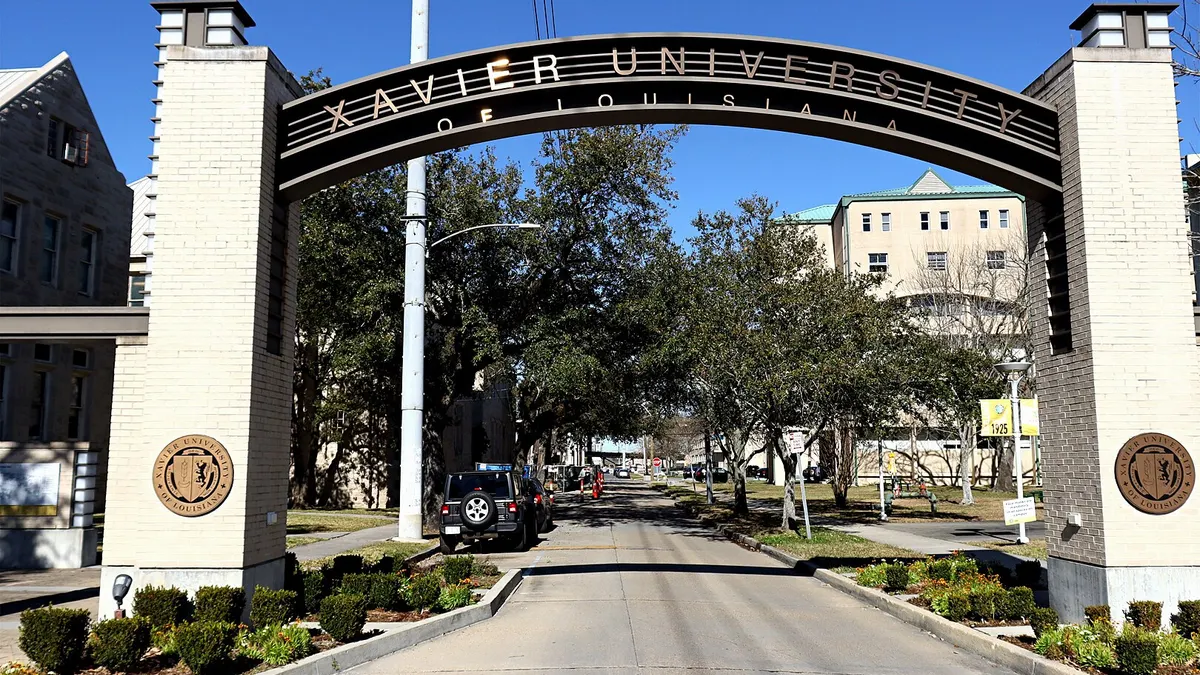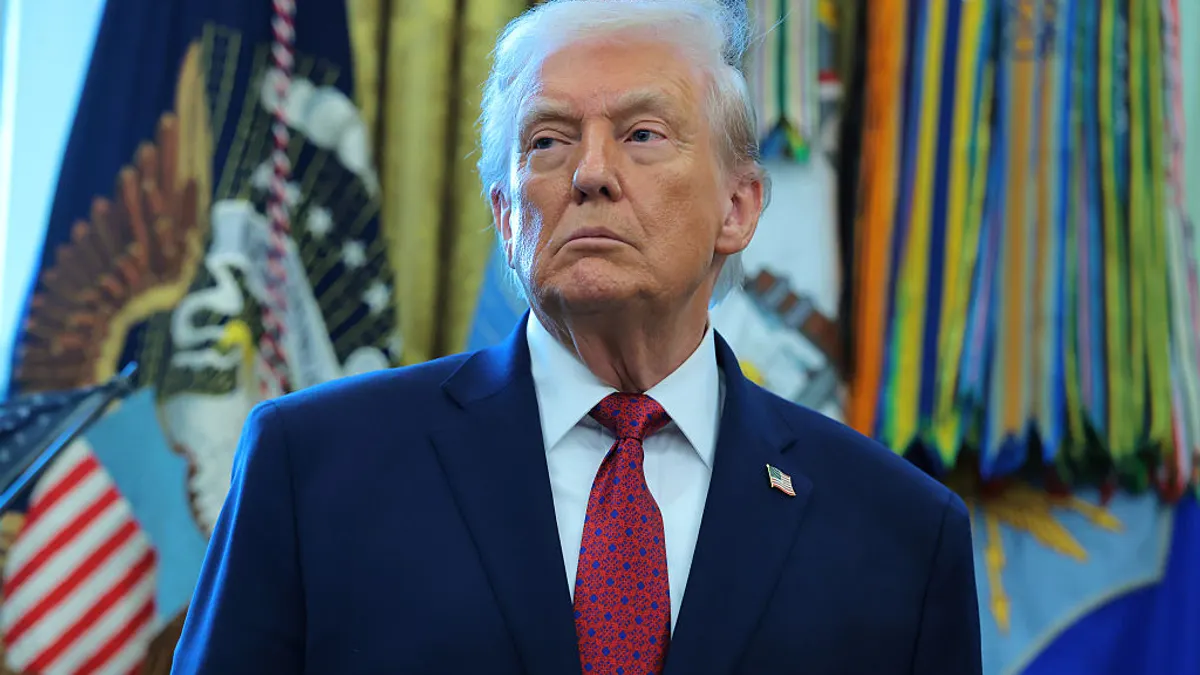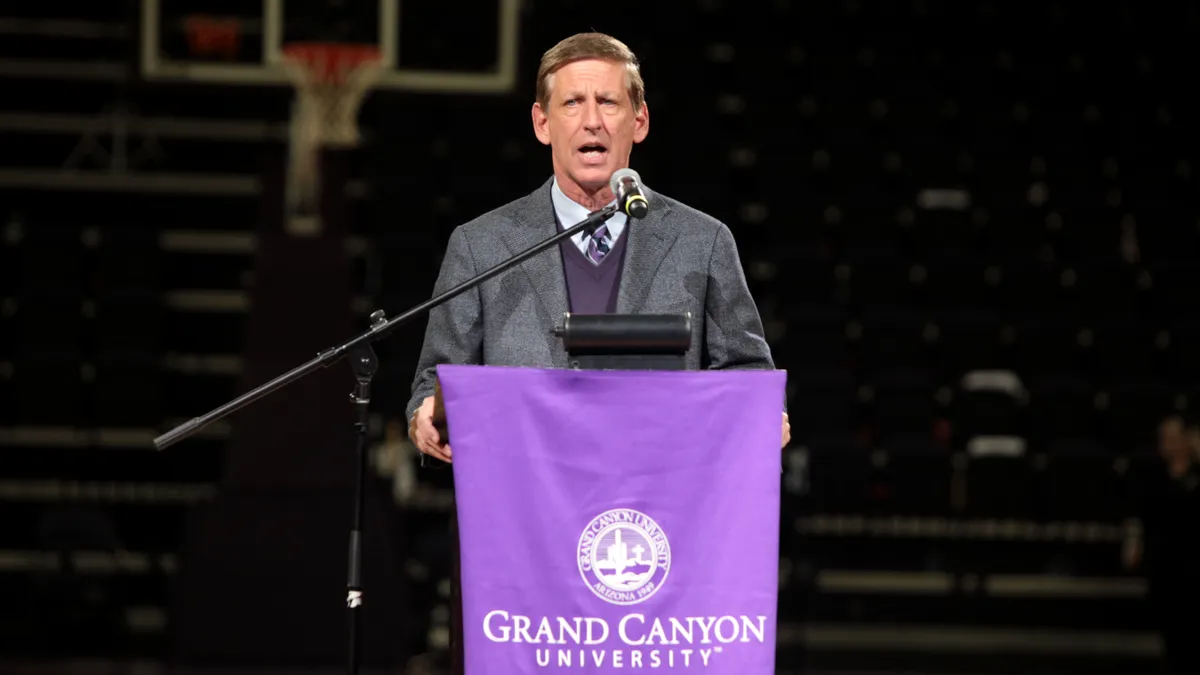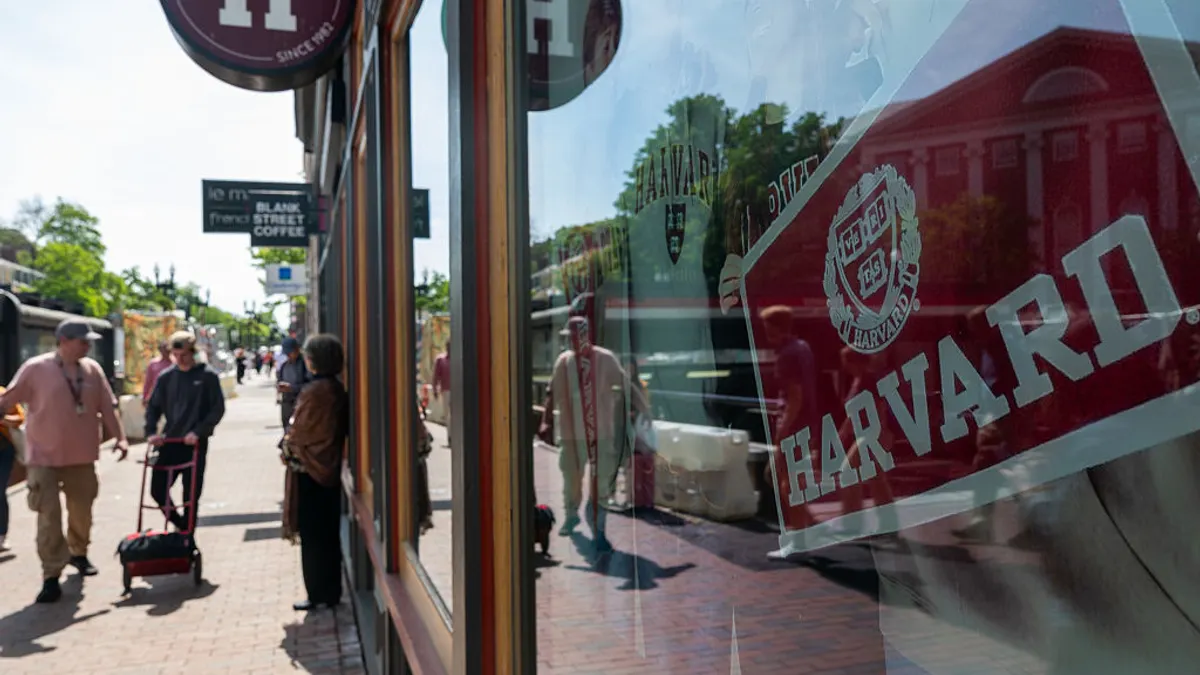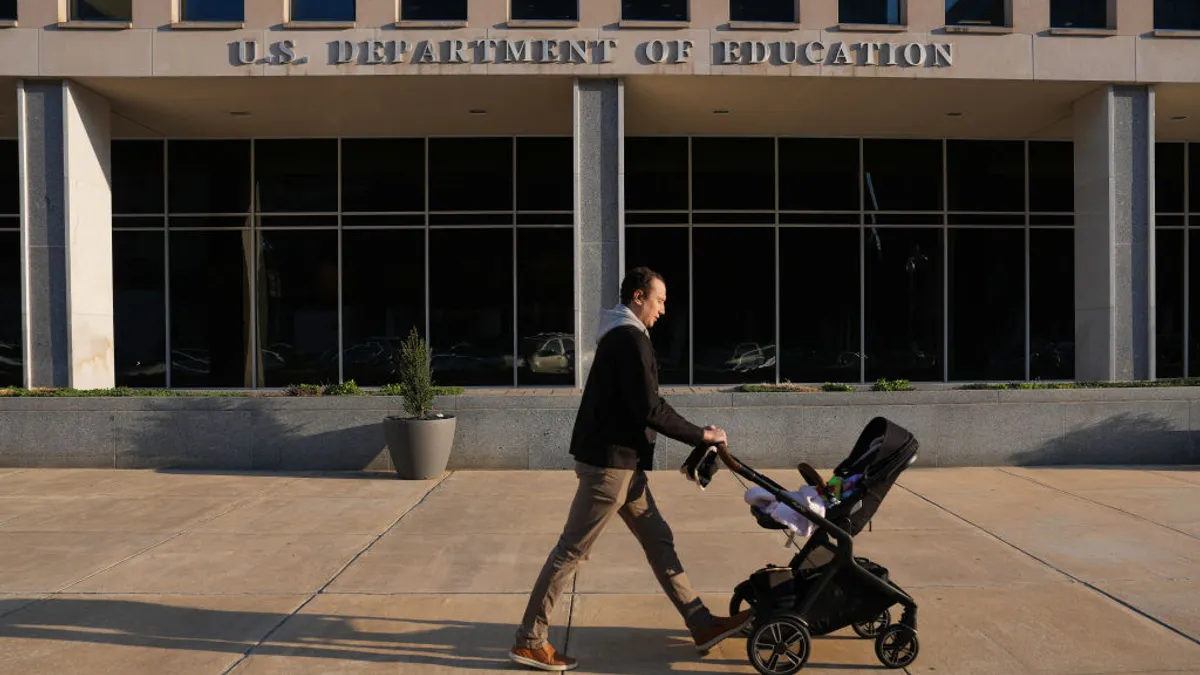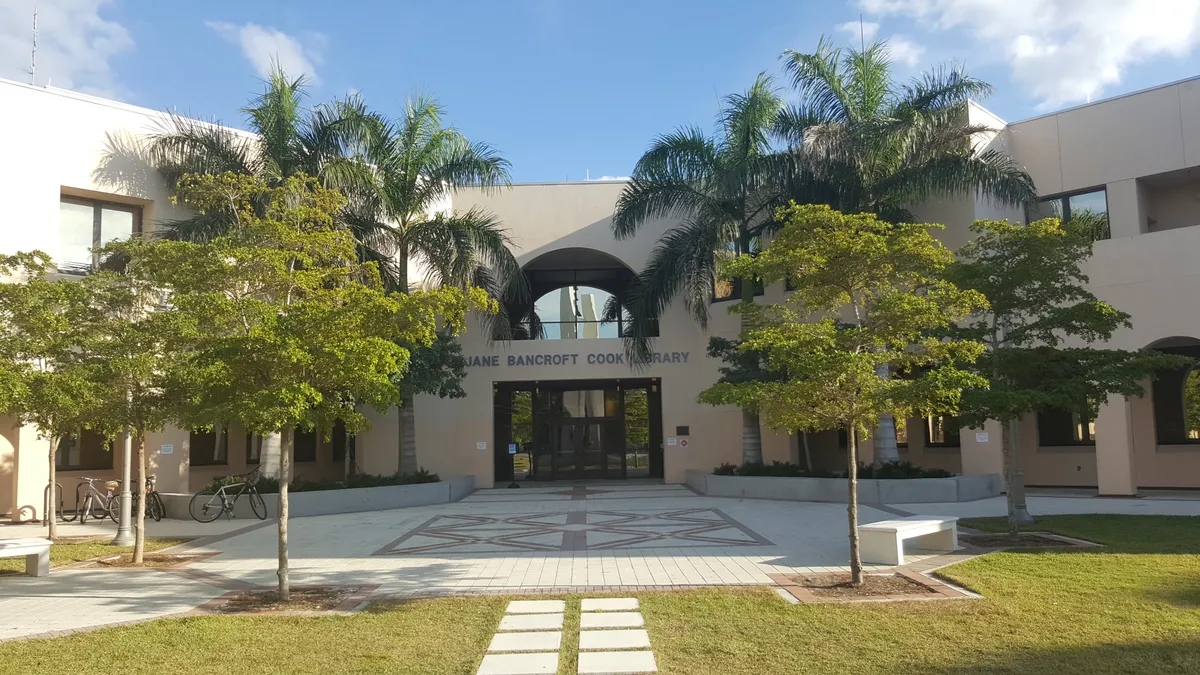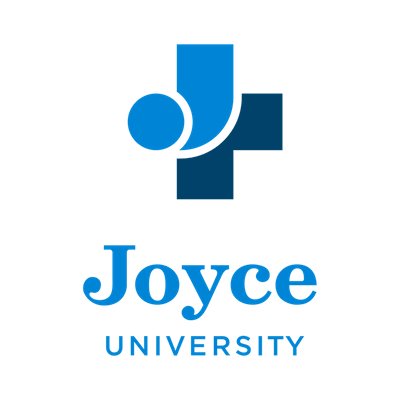Many countries, nonprofit organizations and private advocates around the globe are committed to fulfilling a United Nations goal to drastically expand education enrollment and access by 2030. “Accountability in Education: Meeting our Commitments” is UNESCO’s means to track the progress towards fulfilling the UN’s Sustainable Development Goals on Education, part of the 2030 Agenda for Sustainable Development. The SDG’s goal targets ask countries to ensure that all children complete “free, equitable and quality primary and secondary education,” along with access to early childhood education and equal access for vocational opportunities and university schooling.
However, the report found a lack of accountability in global education systems, saying lax oversight has enabled "harmful practices to become embedded in education systems."
“For one, the absence of clearly designed education plans by governments can blur roles and mean that promises will remain empty and policies not funded," wrote the report's authors. "When public systems do not provide an education, and for-profit actors fill the gap but operate without regulations, the marginalized lose out.”
There isn't any getting around the frailty of those state and local operators when they do not want to live up to the responsibilities that were placed upon them to ensure an equitable education for every student

Derek Gottlieb
Assistant Professor, College of Education and Behavioral Sciences at the University of Northern Colorado
This idea is particularly important to remember as Congress debates a bill to reauthorize the Higher Education Act, which is expected to open the door for new kinds of alternative providers eligible for federal financial aid, further broadening the higher ed marketplace.
"Hopefully, we have learned two things from the last 15 years of higher education expansion," said Tressie McMillan Cottom, an assistant professor of sociology at Virginia Commonwealth University. "One, expanding 'access' without addressing quality, labor markets, and heavily investing in remediating inequality just produced new inequalities like debt, student loan defaults, and de-legitimized institutions."
"Two, hopefully we have learned that our 20th century model of accountability relies too heavily on good faith," she continued. "An expanded, alternative sector of higher education brings with it myriad concerns about how these institutions should be funded and governed."
Defining success
In 2006, an Education Department commissioned report took an early shot at higher education, claiming “a remarkable absence of accountability mechanisms to ensure that colleges succeed in educating students,” saying there was widespread uncertainty “over which institutions do a better job than others not only of graduating students but of teaching them what they need to learn.”
Amid the ballooning costs of college, critics say traditional measurements fall flat on measuring merit. And more and more voices are calling for higher education institutions to prove their worth.
Student knowledge attainment should be a powerful determinant of value, but some say accreditors and the system weigh too strongly aspects that are divorced from classroom learning — like endowment size, facilities, or the number of grants secured. A huge obstacle to actually measuring learning is that learning itself is a concept that’s nearly impossible to pin down.
“Learning is really, really hard to measure and historically has been for long time,” says University of Maryland University College (UMUC) Associate Provost Cristi Ford, who runs the institution’s research and develop arm for student learning. “You can have a student in the classroom that you can physically see is present, but you don’t really know if they’re learning because learning is an active process.”
Derek Gottlieb, an assistant professor in the College of Education and Behavioral Sciences at the University of Northern Colorado, said he believes there is "a false dichotomy" often presented in the conversation around regulating student outcomes which benefits "the adults in the room," like unions and policymakers, but not the students themselves.
"I think the real dichotomy here is the relationship between the regulation and those outcomes," he said. "Regulation has to be geared at providing a floor, so that is like raising the minimum acceptable set of standards to which all students can be expected to adhere, but it also has to allow for enough variety, in terms of a ceiling, that students can find their own individual ways and schools can help guide them along on that."
Gottlieb said trying to measure success is a delicate balance — and most accountability conversations are getting it wrong.
"Too often, the balance goes in the direction of trying to raise that floor, which has the effect of reducing the number of paths a student can take towards one set of metrics," he said. Particularly troubling is the use of workforce placement, earning potential and how one chooses to spend or invest the money earned as the nearly sole determinant of success for graduates and, by extension, institutions, he said.
"The extent to which we rely on those kinds of metrics as indicative of whether our institutions are succeeding or failing is problematic. Everybody knows that it's problematic and that's not all our institutions are supposed to do, .... everyone knows that this is a reduced view of our schools, but when it comes time to compare one to another or to hold our institutions accountable, these are the [factors] we look at, because these are the only ones that count" in the broader conversation about outcomes.
Such metrics also fail to account for the fact that different schools and programs exist to meet different objectives.
"The fact that every school needs to do various things, and those things are not only incommensurable to one another but also irreducible to any single metric is part of the problem," said Gottlieb.
A school like ITT Tech, for example, was created to give students specific skills which they could apply to very specific job functions upon graduation, whereas a school like the University of Wisconsin at Madison, he pointed out, is designed to provide students "with an overall human maturity that is required to be a full participant in a democratic society," not necessarily excel in any specific job.
"The reality is that higher education innovation cannot happen in a vacuum. All the innovation of credentials, institutions and formats cannot address the challenges of income inequality and how firms value workers," said Cottom. The ideal balance for meaningful innovation would be re-imagining higher education innovation along with workforce innovation. Meaningful innovation means producing quality credentials that allow people to flourish in addition to merely producing workers with buckets of skills."
Oversight not keeping pace
UN GEM Report Director Manos Antoninis said via email he is concerned that public oversight and regulation is not keeping pace with the rate of expansion, noting that more information and technological advantages help exposes misconduct in schools.
“Despite growing sophistication, the establishment of standards and good practices, and the considerable amount of resources invested, it appears that even when such mechanisms are designed to play a formative role, faculty, students and families may not yet understand whether they improve teaching, learning and research,” he said. The outputs of quality assurance systems should be more widely shared.”
Gottlieb said he believes Every Student Succeeds Act, on the K-12 side, is "probably as good as it's going to get," in terms of a good balance between federal intervention and state autonomy. It "does a really good job of allowing local stakeholders to shape the ways in which they demonstrate their success" through a number of metrics decided on at the local level, while "having federal policies in place to protect truly vulnerable students and try to endure that they get the kinds of basic education that they are deserving of in this country."
Ultimately, however, he thinks in many instances even state education authorities are too far removed from the needs of local schools to provide good oversight, though "the state is a nice middle ground between even the super local and the federal."
"The only systems of accountability that can adequately address whether a given institution, school or system is serving students well in a holistic sense are local," Gottlieb said. Unfortunately, the systems which give all stakeholders a seat at the table and evaluate institutional effectiveness best are expensive and time-consuming to convene, he said.
Being accountable to stakeholders
Antoninis said stricter regulations are needed so governments do not shirk their responsibilities.
“It is necessary for countries at earlier stages of education development to focus on regulations that are comprehensive, meaning that they apply equally to public and private providers — and not for the latter to be seen as not a responsibility of the government,” he said.
But Gottlieb said "there just isn't a way" to find a good balance between overregulation, which can stifle innovation, and under regulation, "where you just sort of let people get away with not doing enough."
Antoninis said it is essential for governments worldwide to promote transparency by publishing data on course fees by subject area, institution or form of study. "Although the share of private education institutions is rising, very few countries provide such information and these tend to be high-income countries such as Australia and the United States,” he noted.




